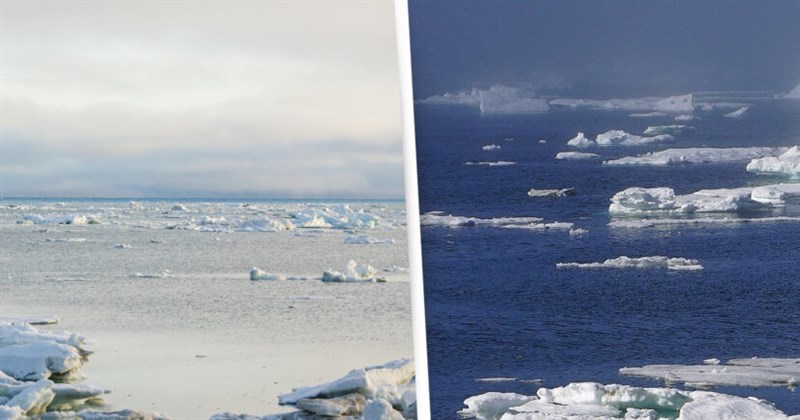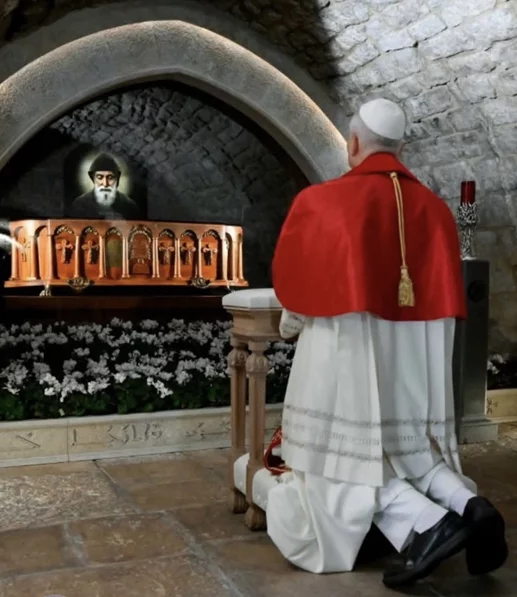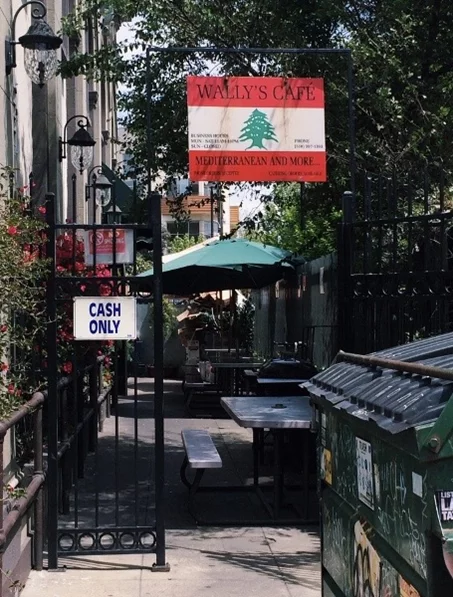Artic sea ice is at its lowest since 2012 following a year of heatwaves and forest fires.
The worrying news was raised following a study by the National Snow and Ice Data Centre (NSIDC) which stated that it was the second lowest minimum ice extent in the 42-year-old satellite record.
The Arctic sea ice minimum is the day in a given year when Arctic sea ice reaches its smallest extent, occurring at the end of the summer melting season, normally during September.
At the beginning of September, the ‘sharp decline’ of Artic sea ice dropped the extent below 4.0 million square kilometres (1.54m square miles); this is only the second time the ice has been measured below 4m square kilometres in all the years of record keeping
One of the concerns surrounding the Arctic’s ice deteriorating is the large patches of dark water it causes. These dark waters absorb solar radiation instead of reflecting it back out of our atmosphere like ice does – this then amplifies global warming.
In addition to this, loss of sea ice threatens artic wildlife such as polar bears and seals. Tom Foreman, a polar wildlife expert and Arctic guide told The Guardian, ‘The numbers that we’re getting in terms of extent of sea ice decrease each year put us pretty much on red alert in terms of the level of worry that we have, our concern for the stability of this environment.’

























